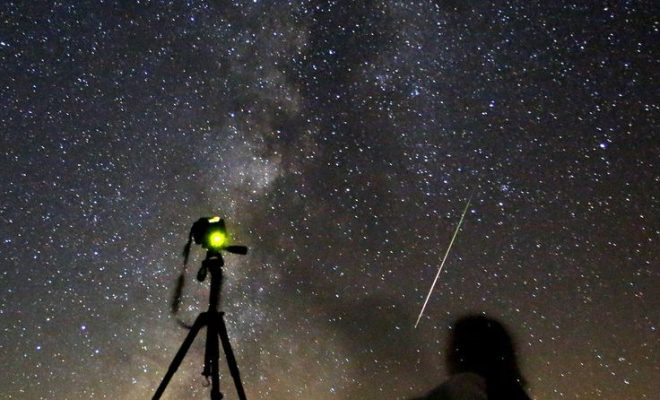How to See Orionid Meteor Shower, Best Place to Watch for Perfect View

The Orionid Meteor Shower is an annual celestial event that occurs when Earth passes through the debris left behind by Halley’s Comet. For stargazing enthusiasts and casual observers alike, catching a glimpse of this captivating meteor shower can be a memorable experience. Here’s how you can maximize your chances for the best viewing.
Finding the Perfect Location:
The ideal place to watch the Orionid Meteor Shower is somewhere far from city lights and with a clear, unobstructed view of the sky. Dark-sky preserves or national parks are often great options, but any secluded area known for minimal light pollution will do. The key is to find a spot that offers wide-open views to easily see the meteors streak across the sky.
Timing Your Viewing:
Typically, the Orionids peak around mid to late October. To catch the most activity, plan to watch after midnight and before dawn, when the shower’s radiant point—near the constellation Orion—is highest in the sky. To pinpoint the best nights to observe, check astronomical forecasts for peak activity.
Preparing for Your Meteor Shower AdventureDress warmly if you’ll be in a cooler climate and bring essentials like blankets or reclining chairs for comfortable viewing. Use red-filtered flashlights to preserve your night vision, allowing you to see more meteors. Avoid looking at bright screens as this can hinder your ability to adjust to the darkness.
Watching the Show:
Once you’re settled at your chosen location, give your eyes about 15-30 minutes to adapt to the dark. Look up in the direction of Orion but keep your gaze soft; focusing too hard on one spot can cause you to miss meteors in your peripheral vision. Although patience is required, on a good night, viewers may see up to 20 meteors per hour.
Remember, watching a meteor shower is about relaxing and enjoying nature’s display at its finest. While it’s exciting to spot numerous meteors, sometimes it’s also about appreciating the tranquility and beauty of the night sky.





